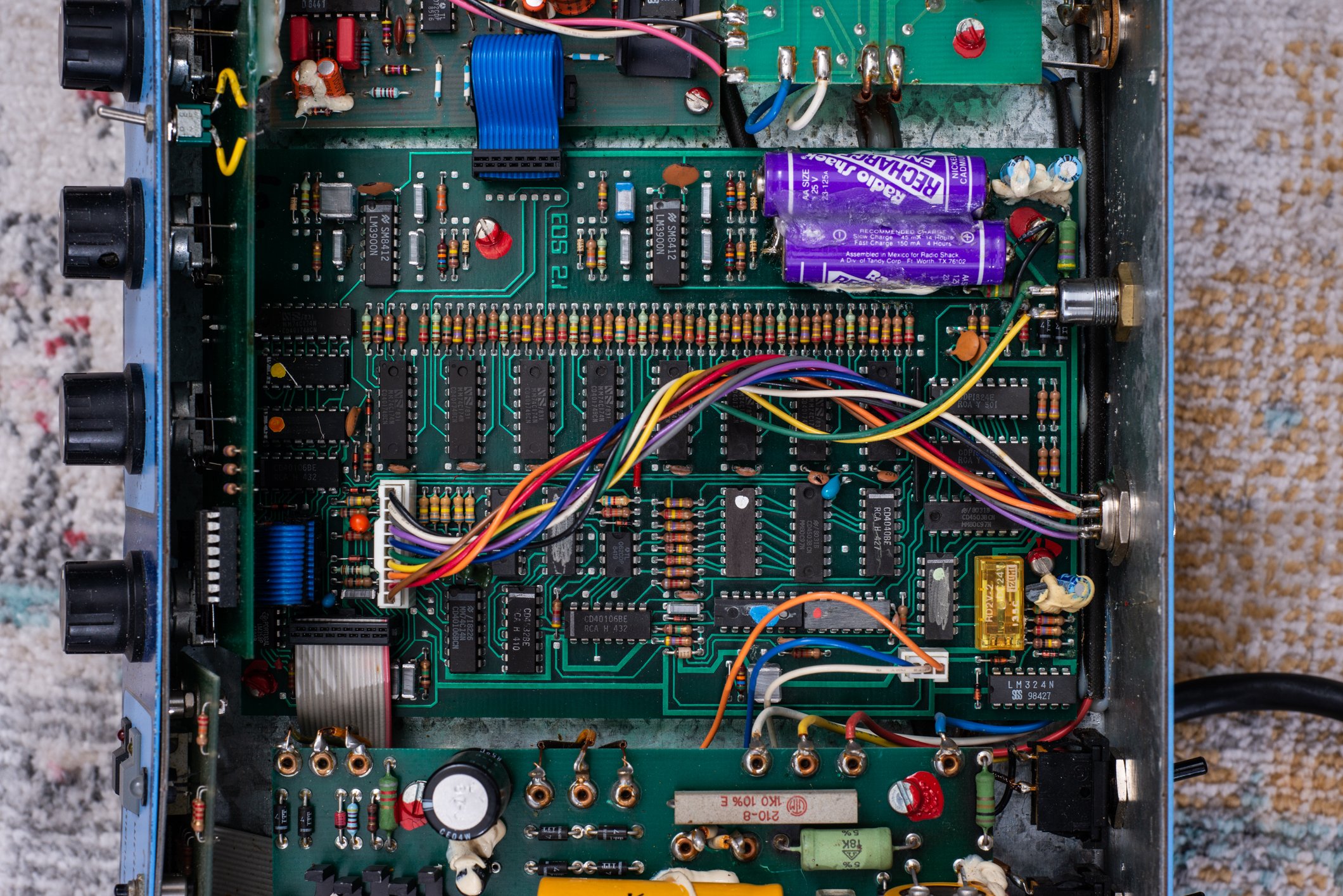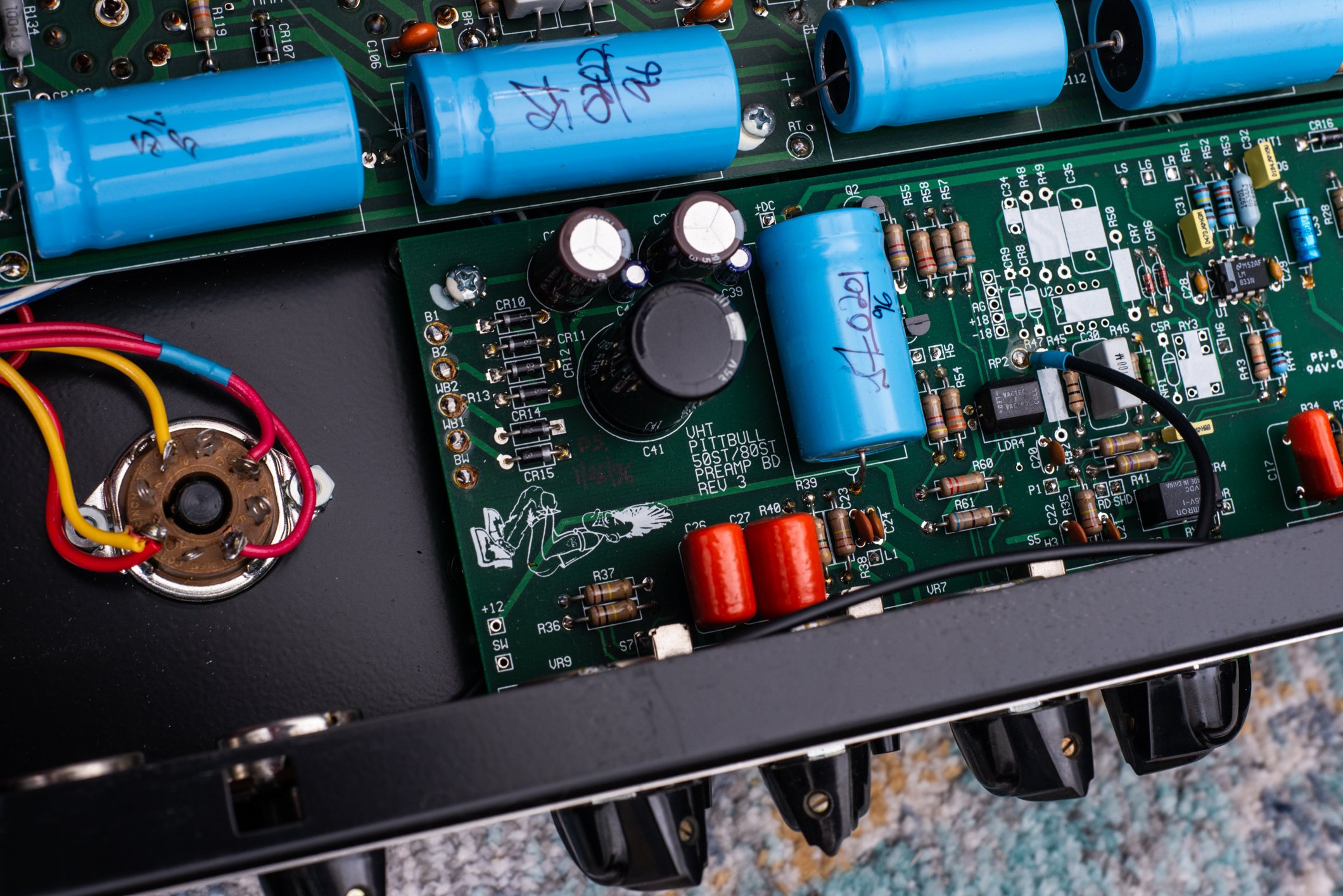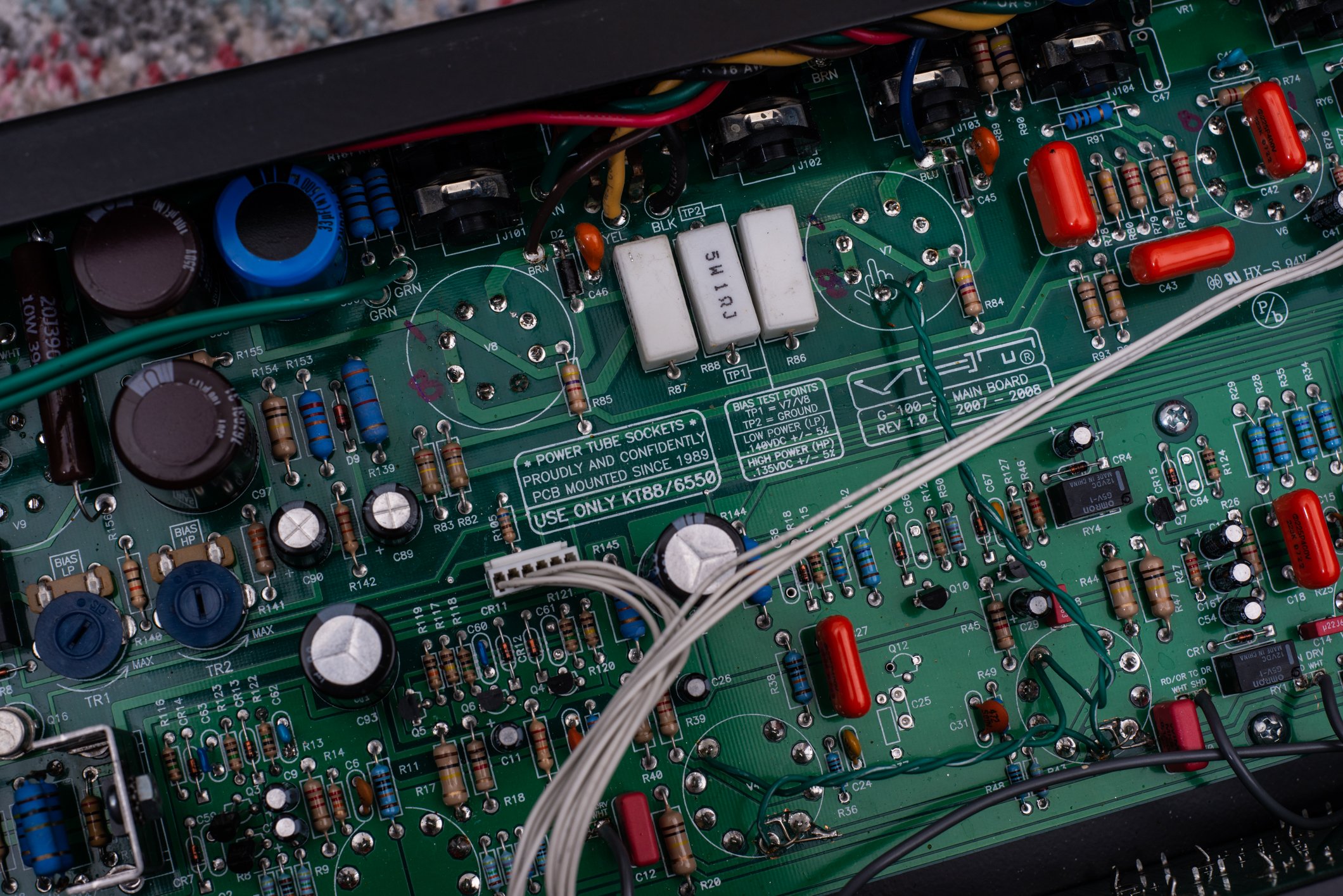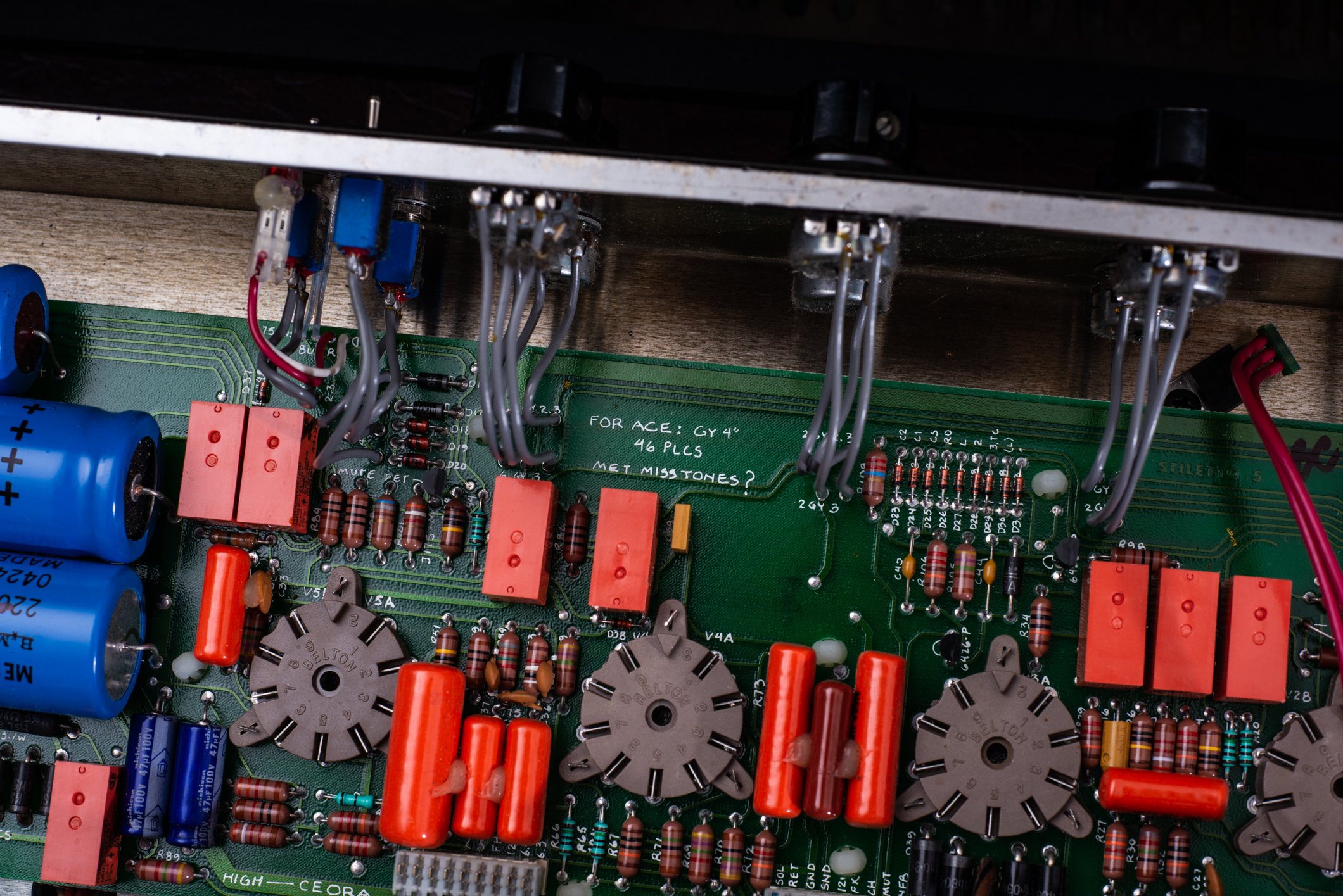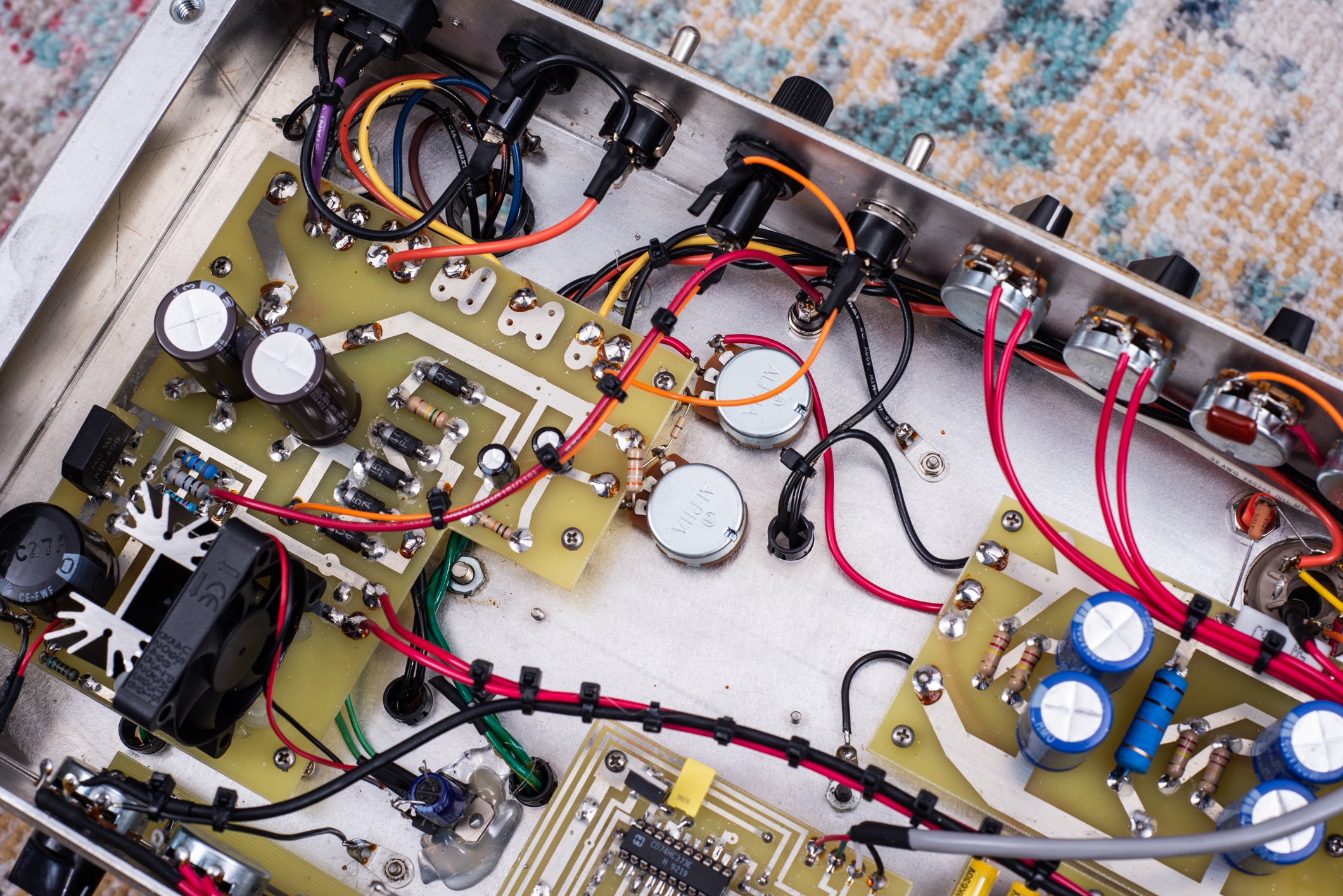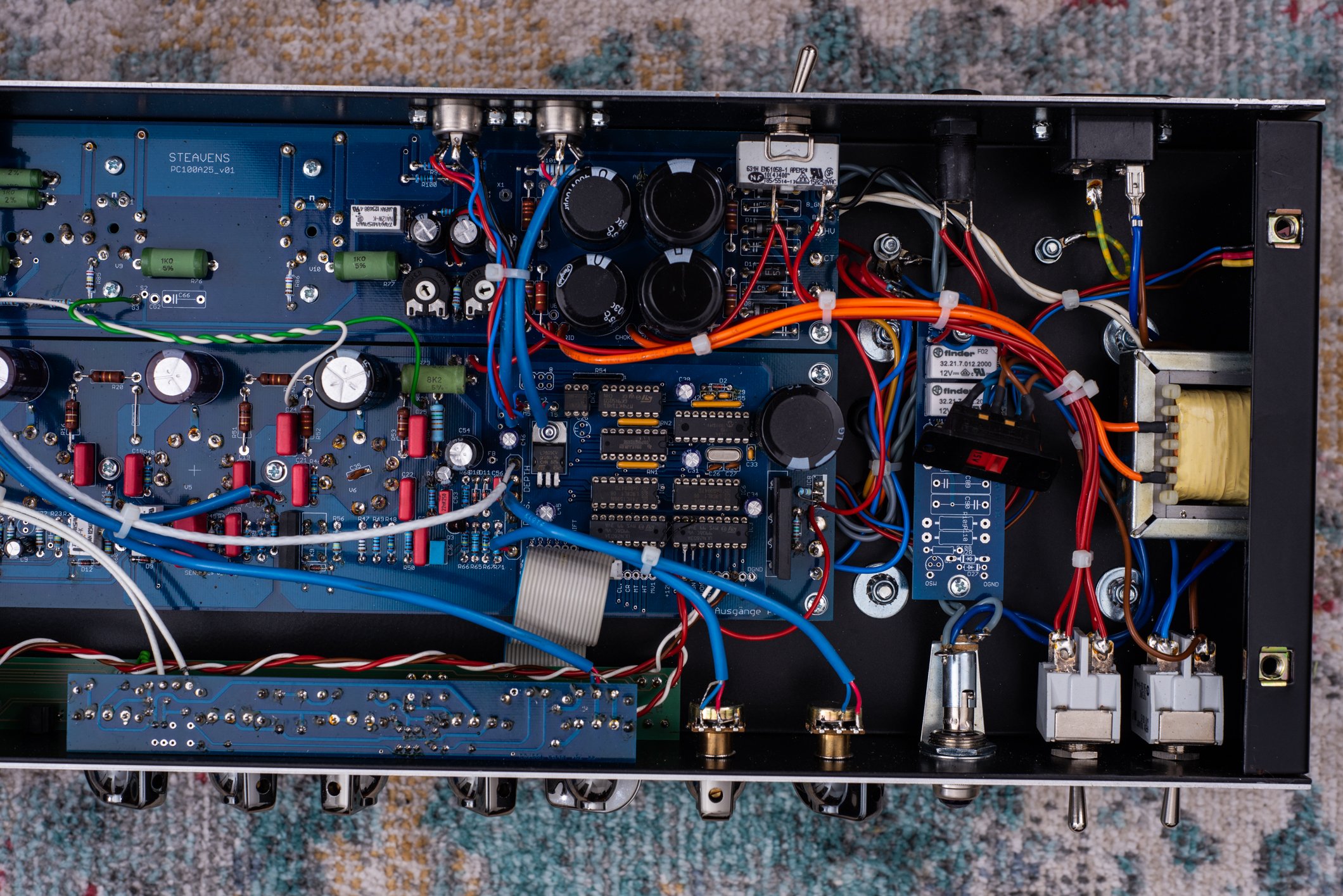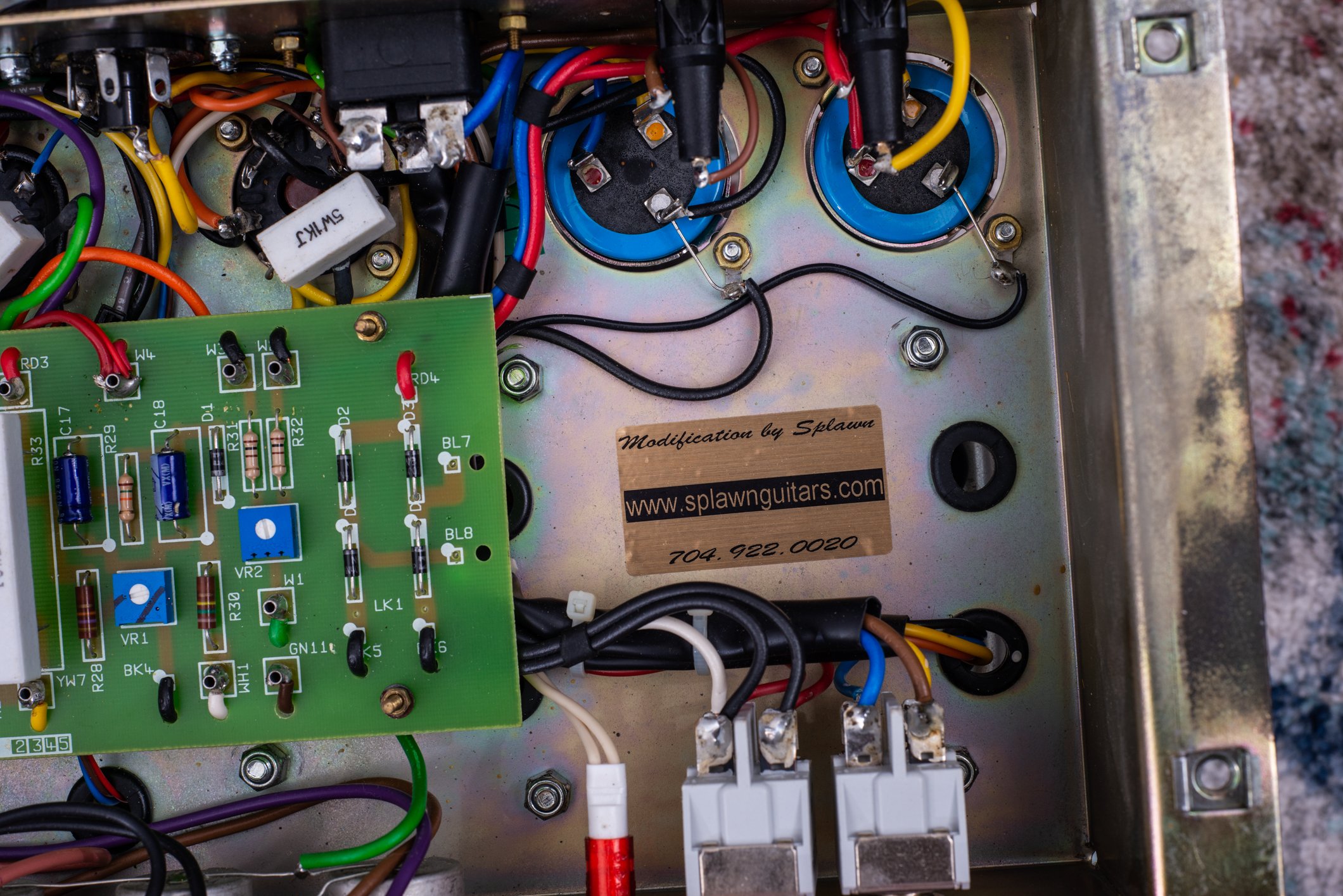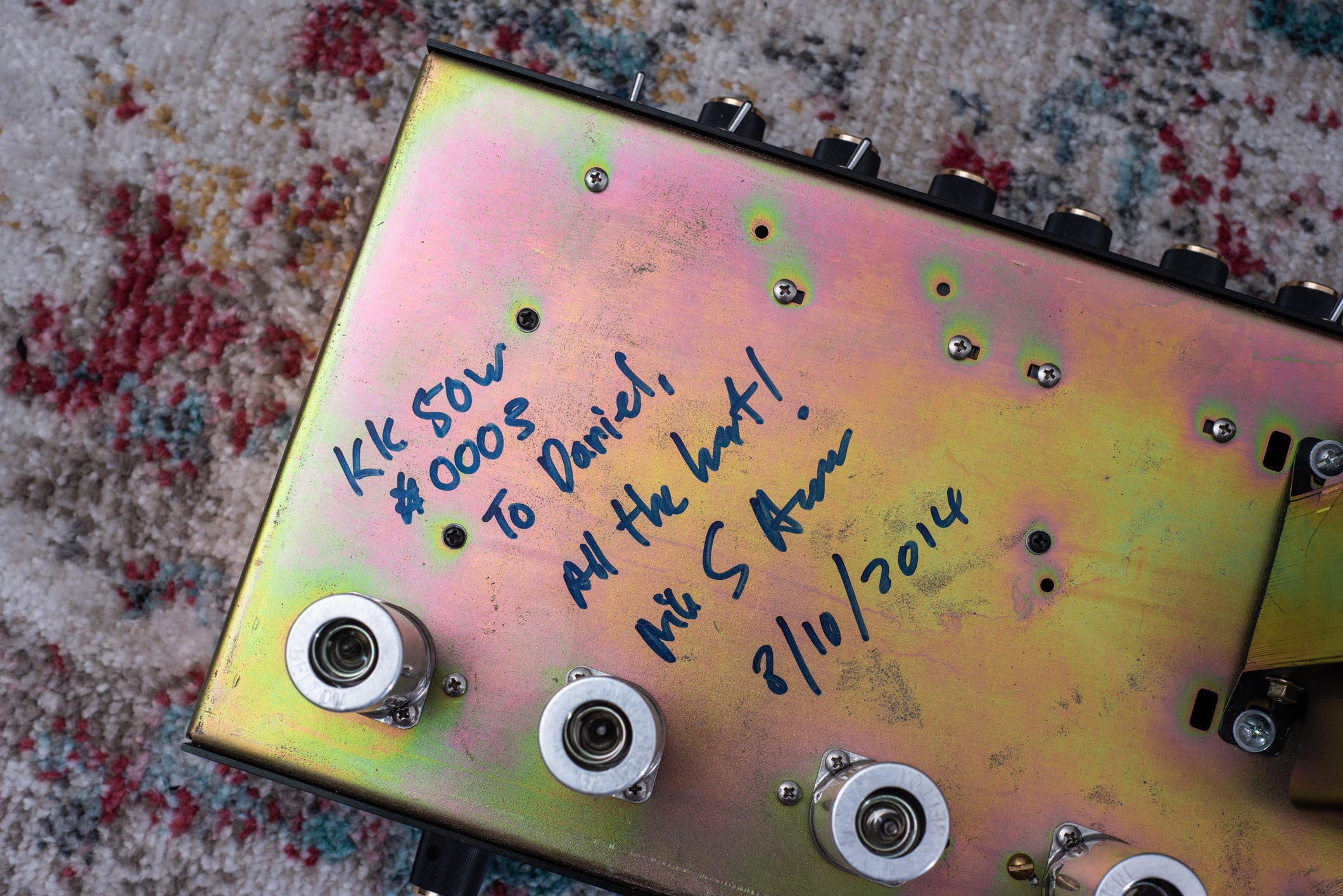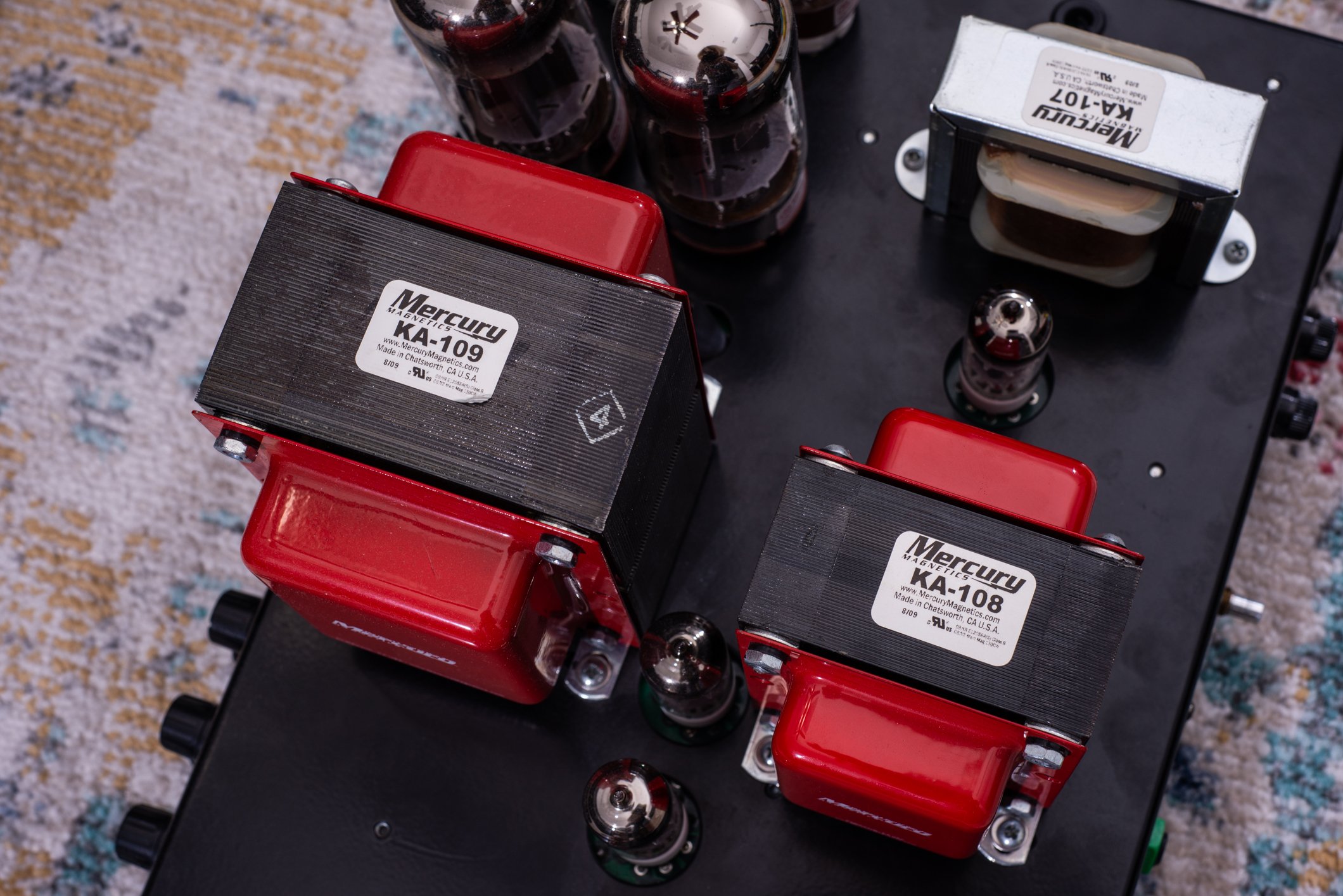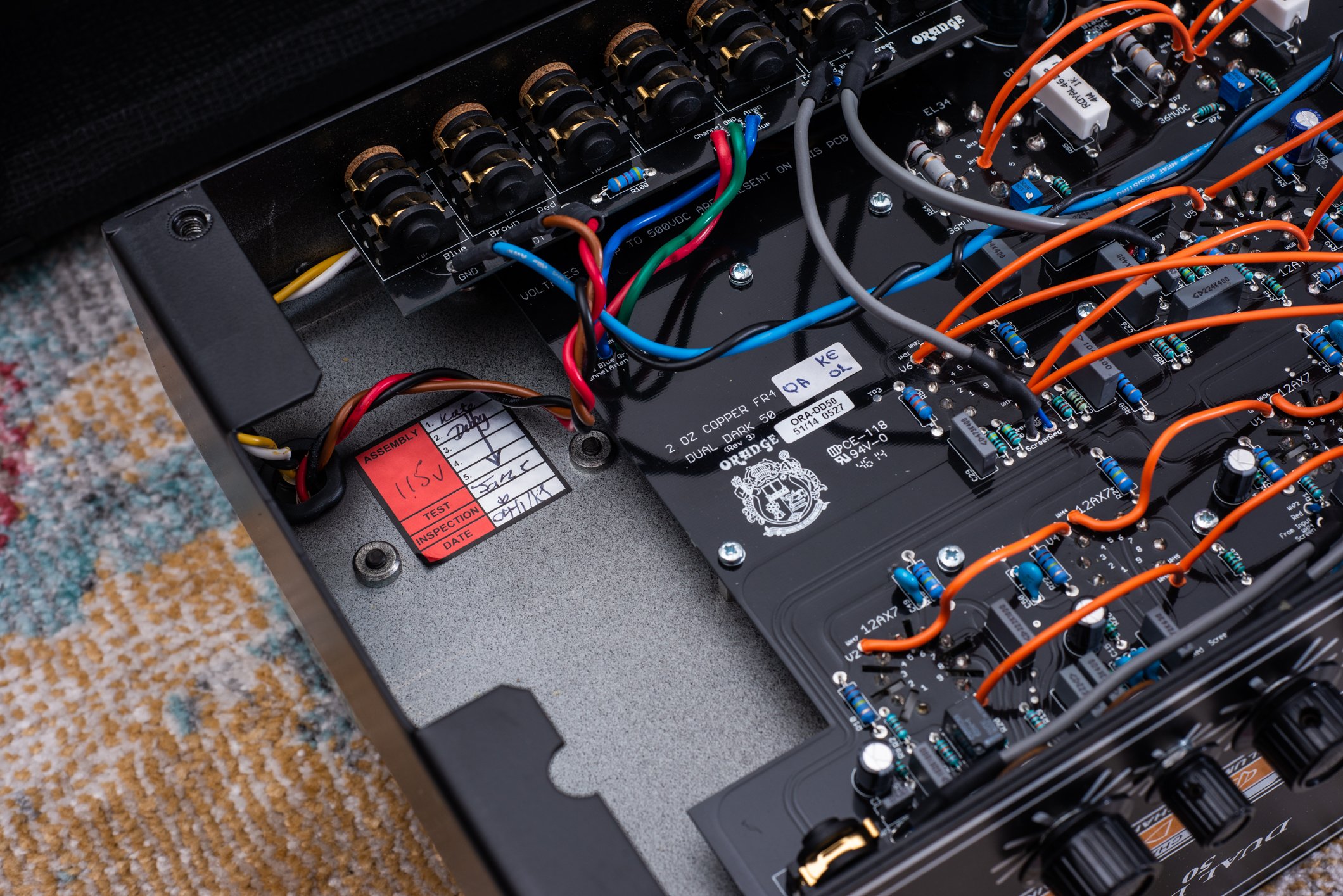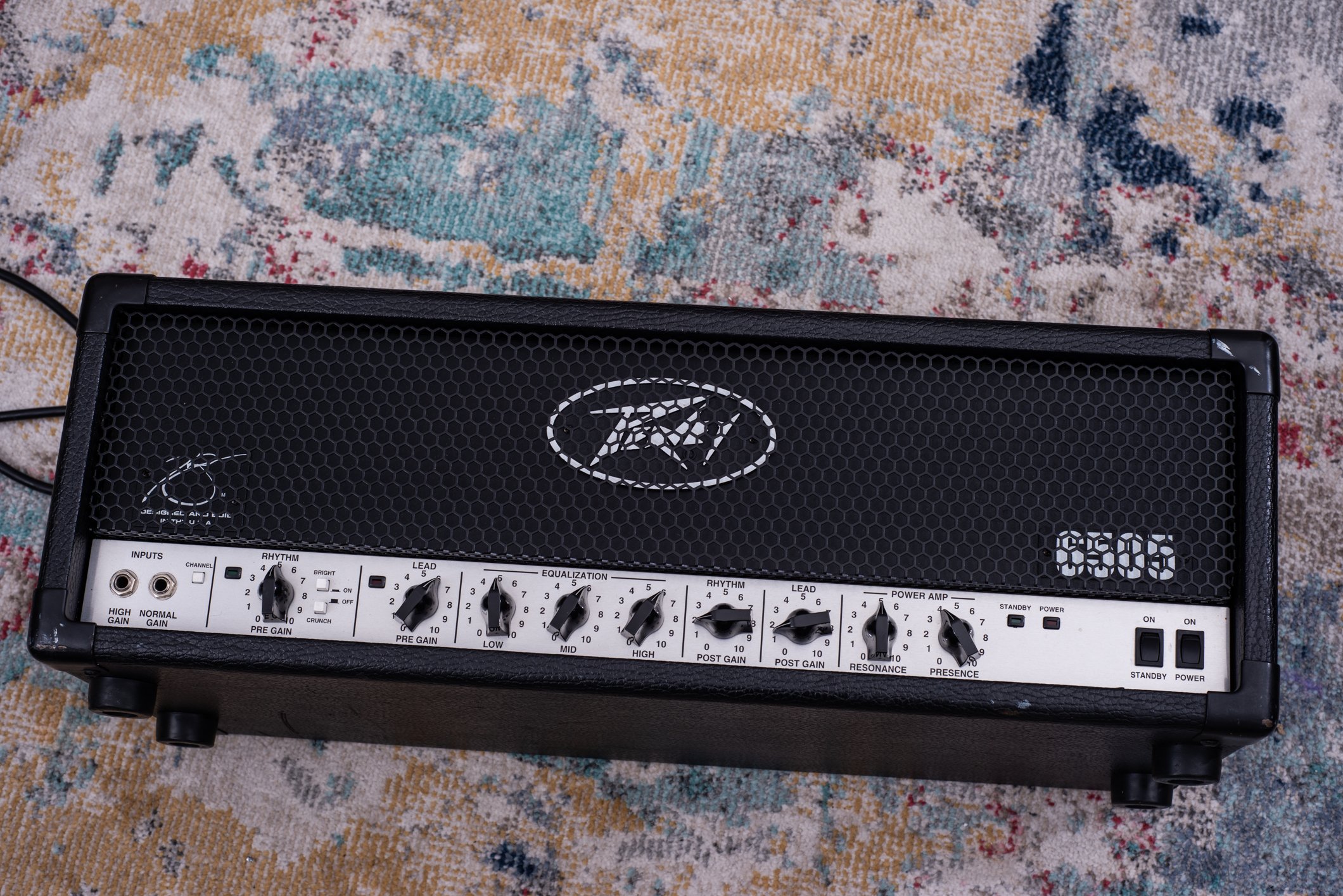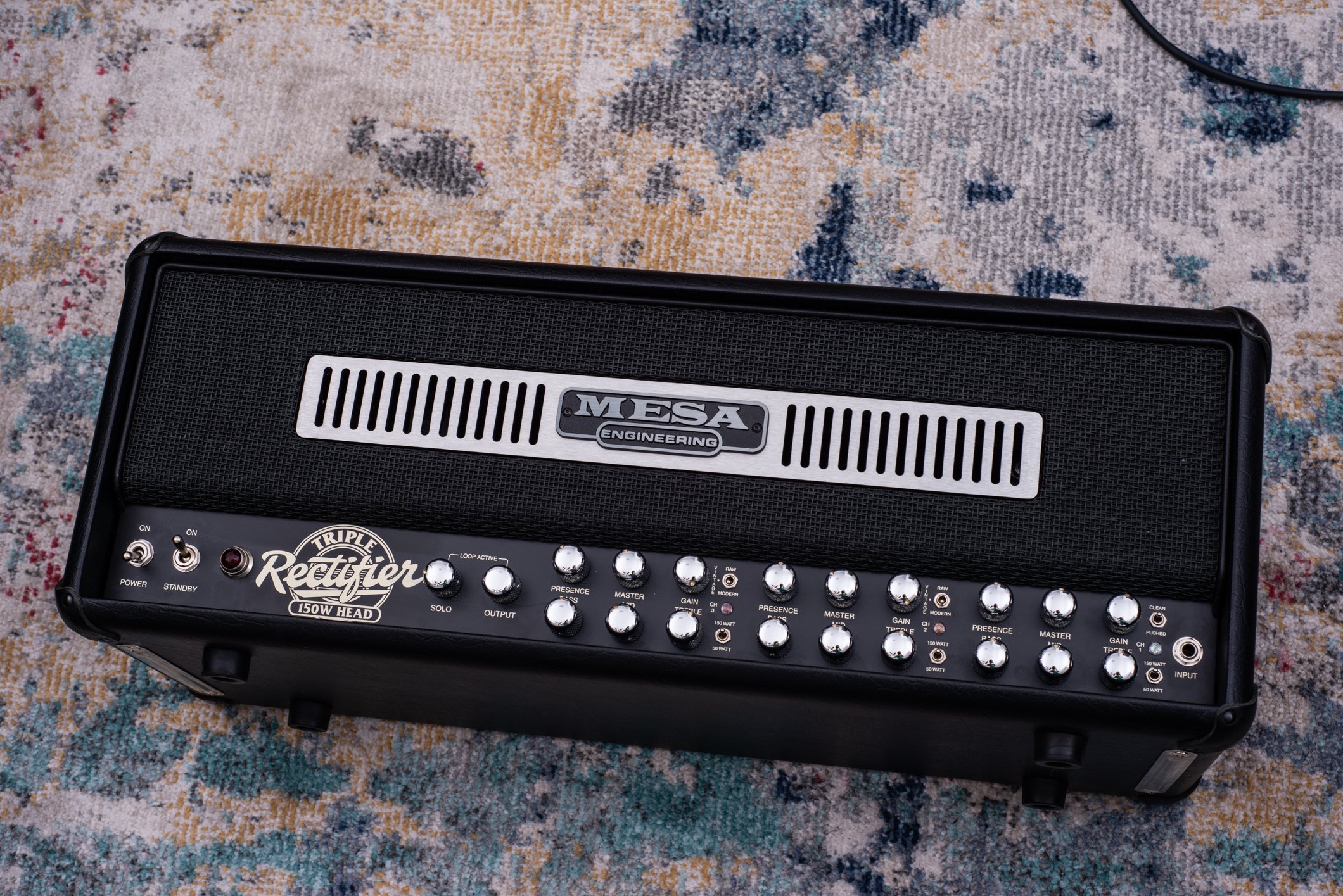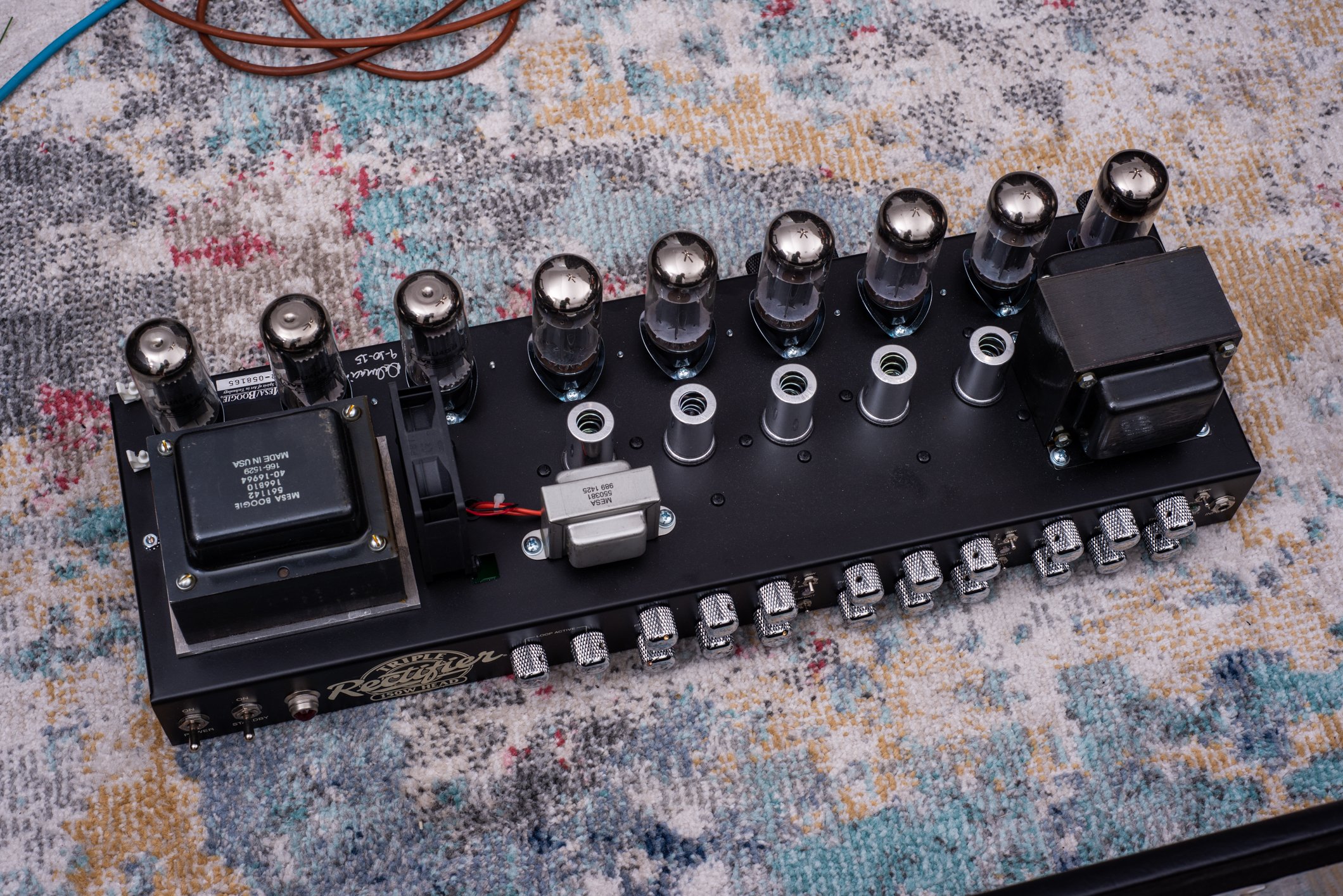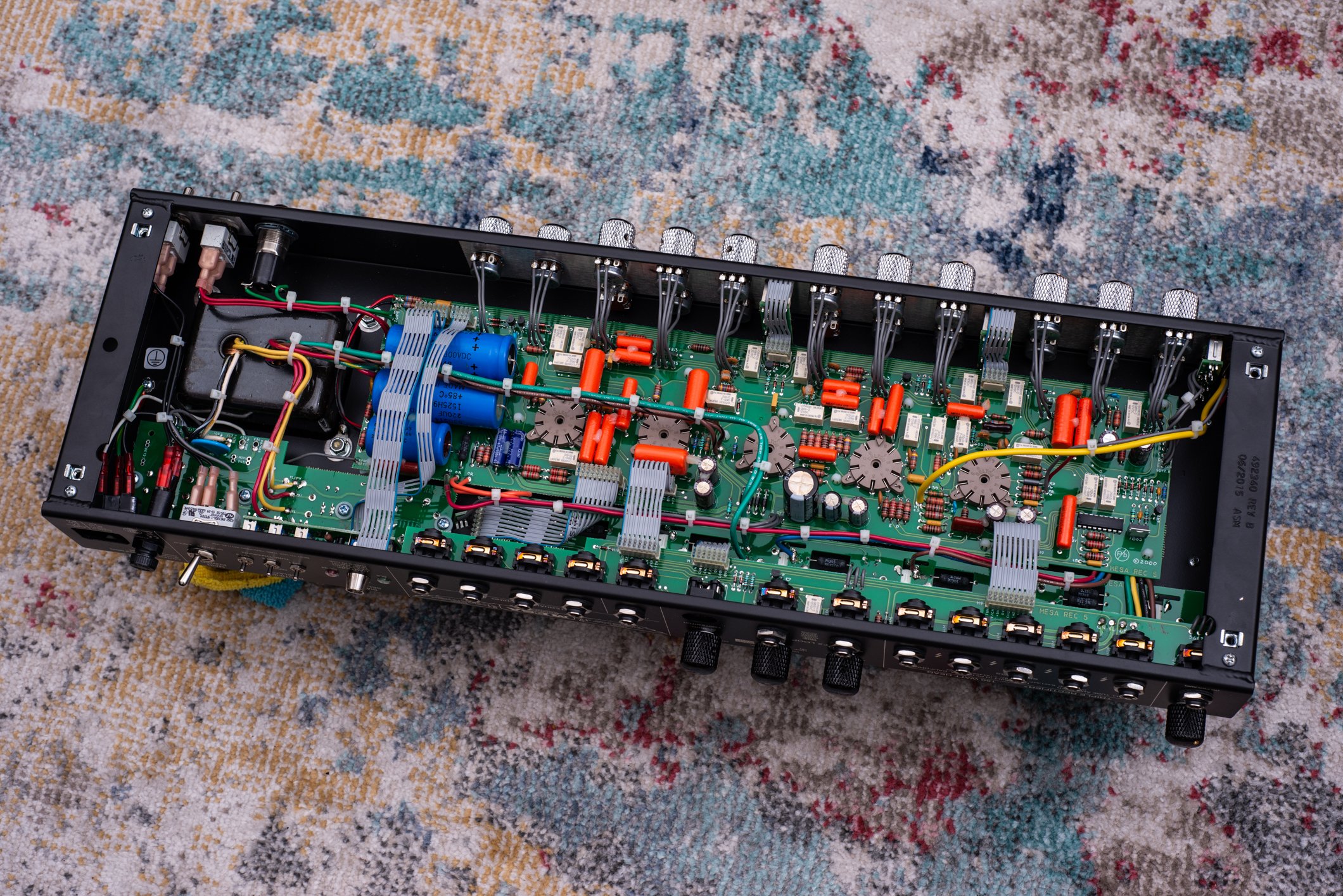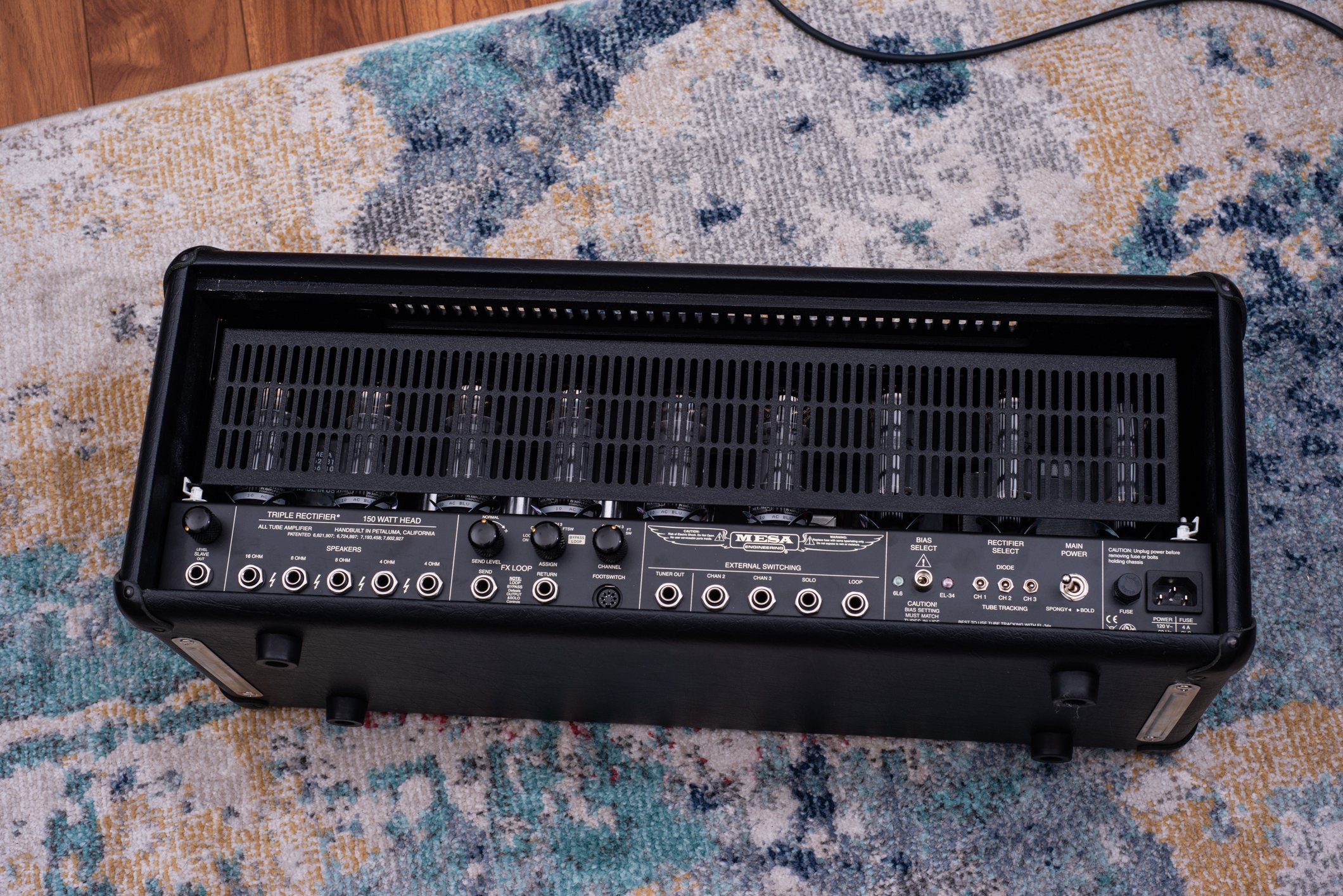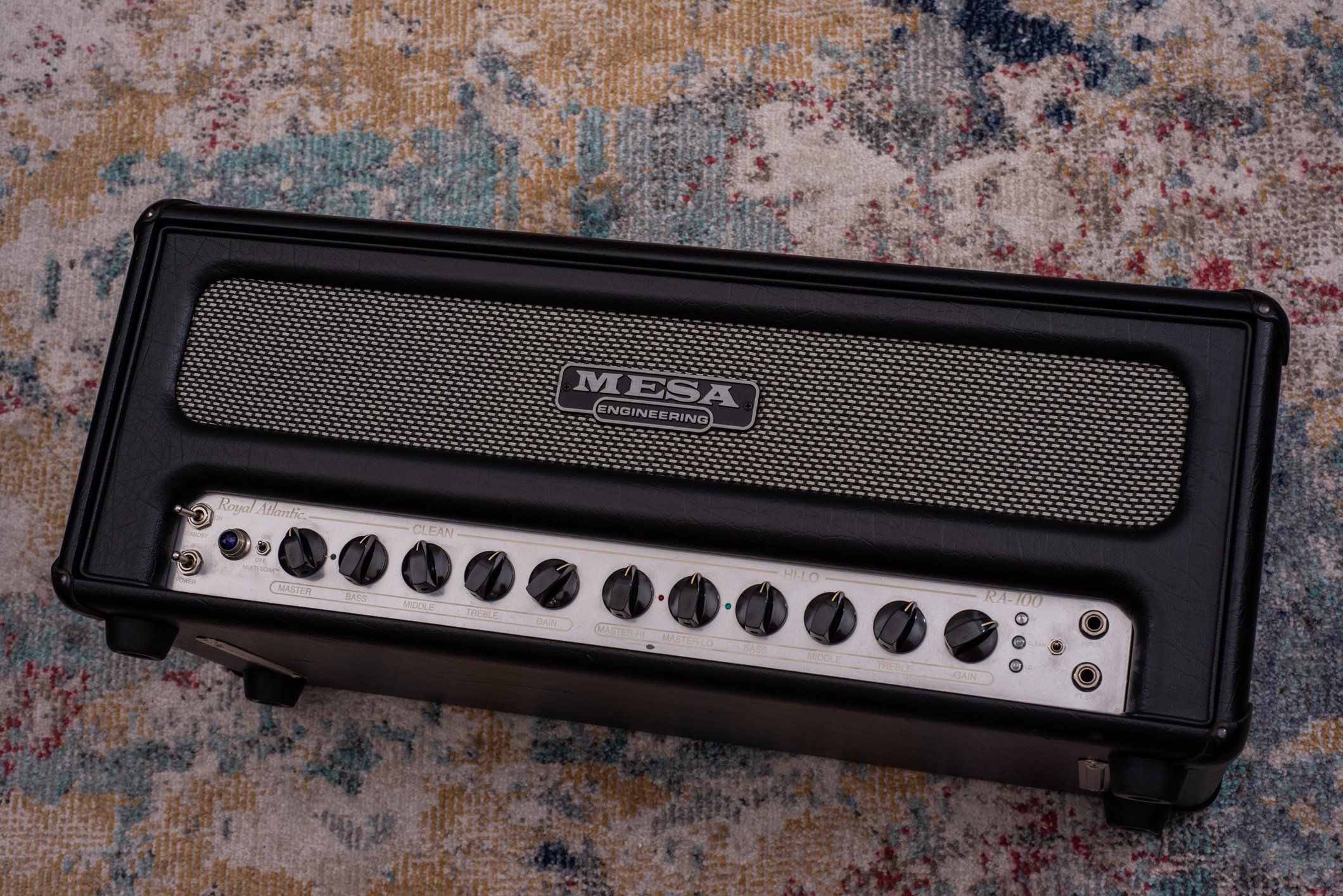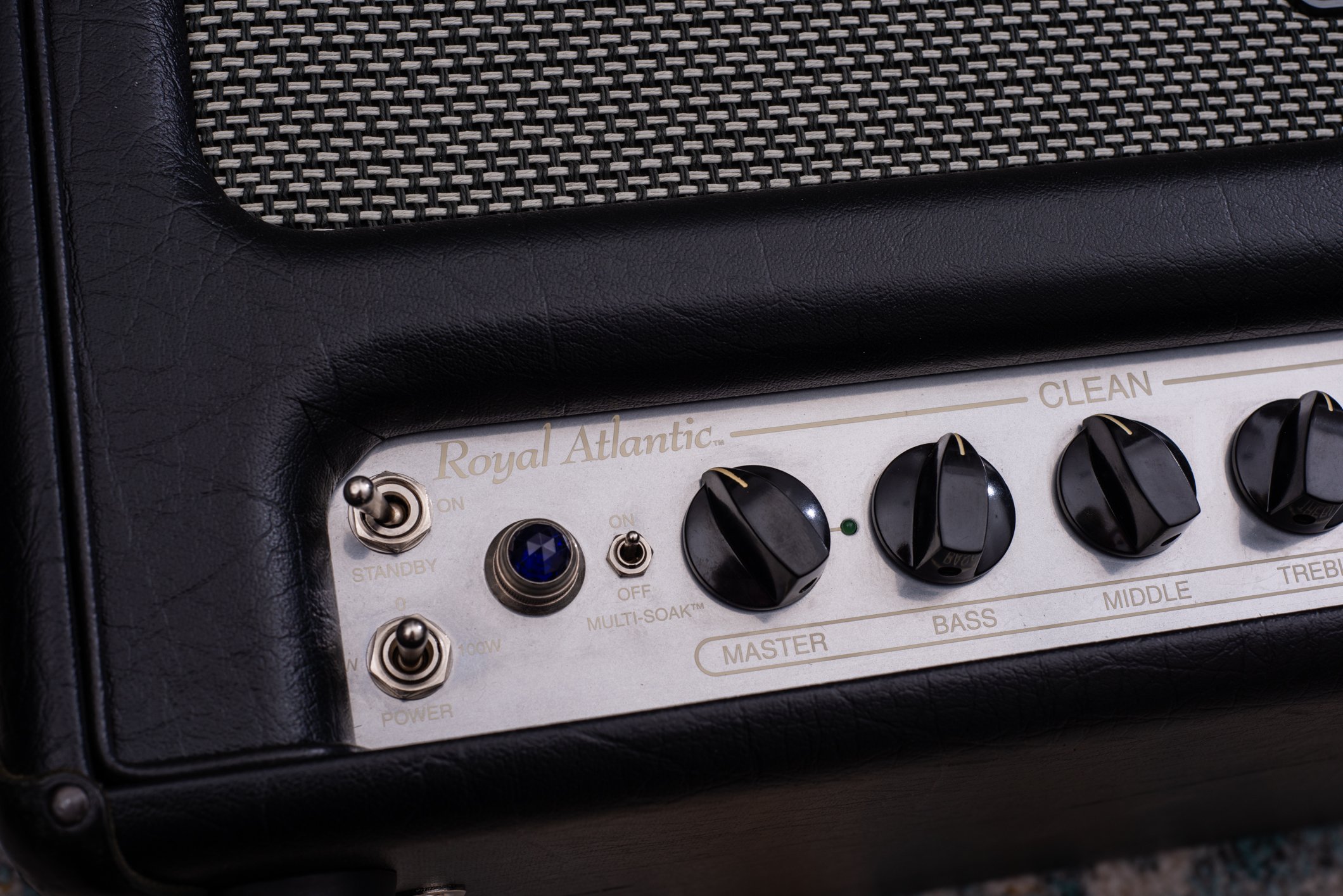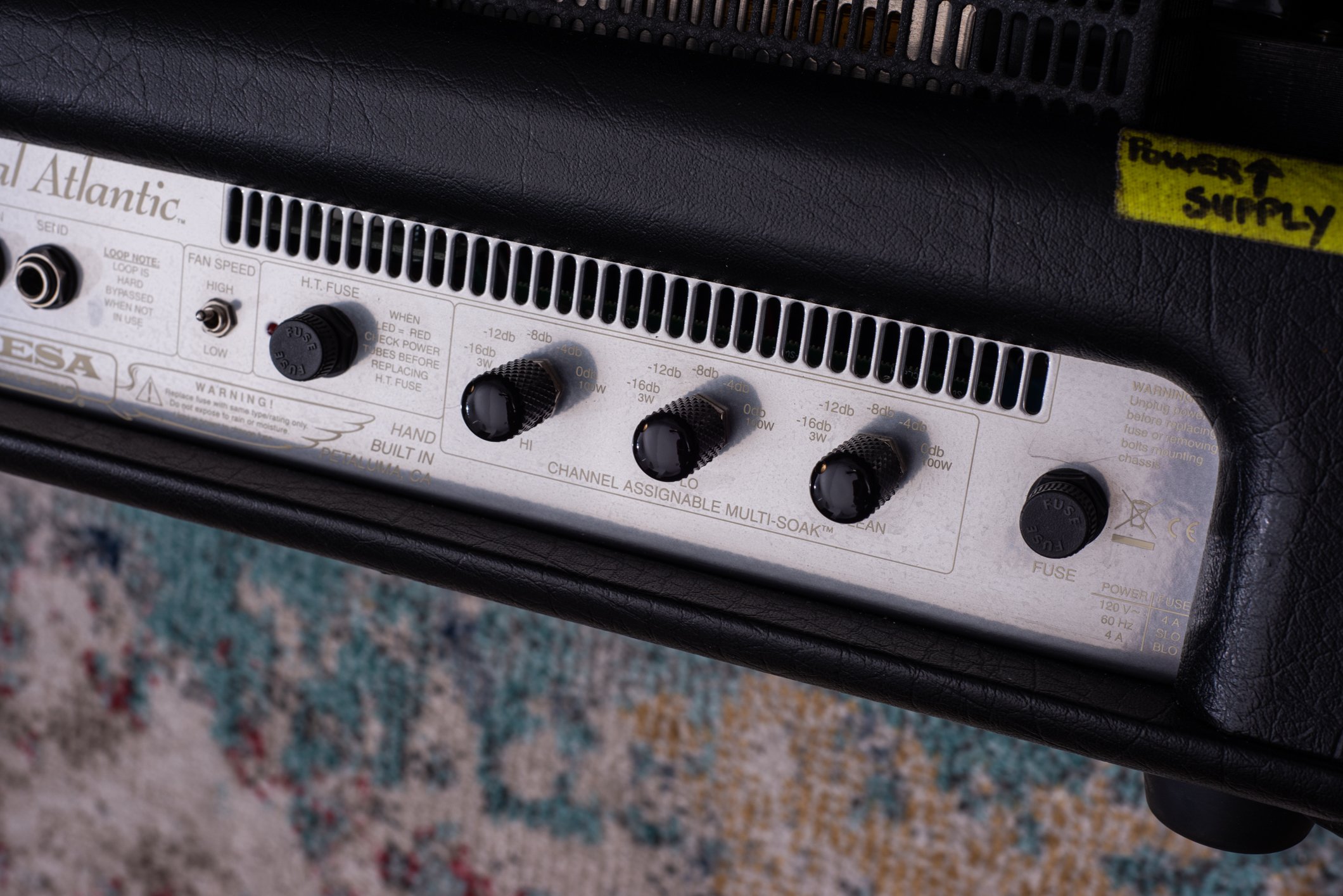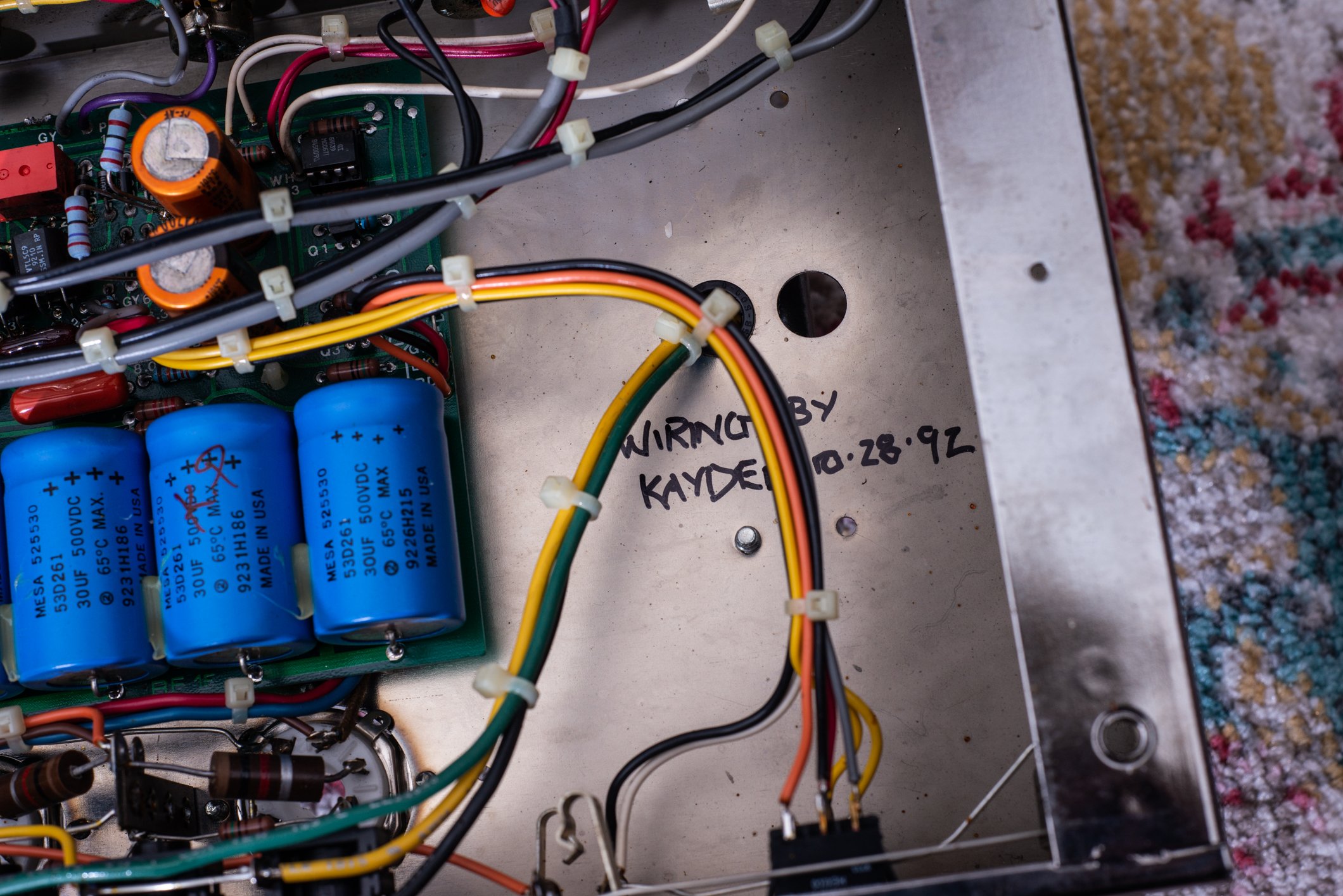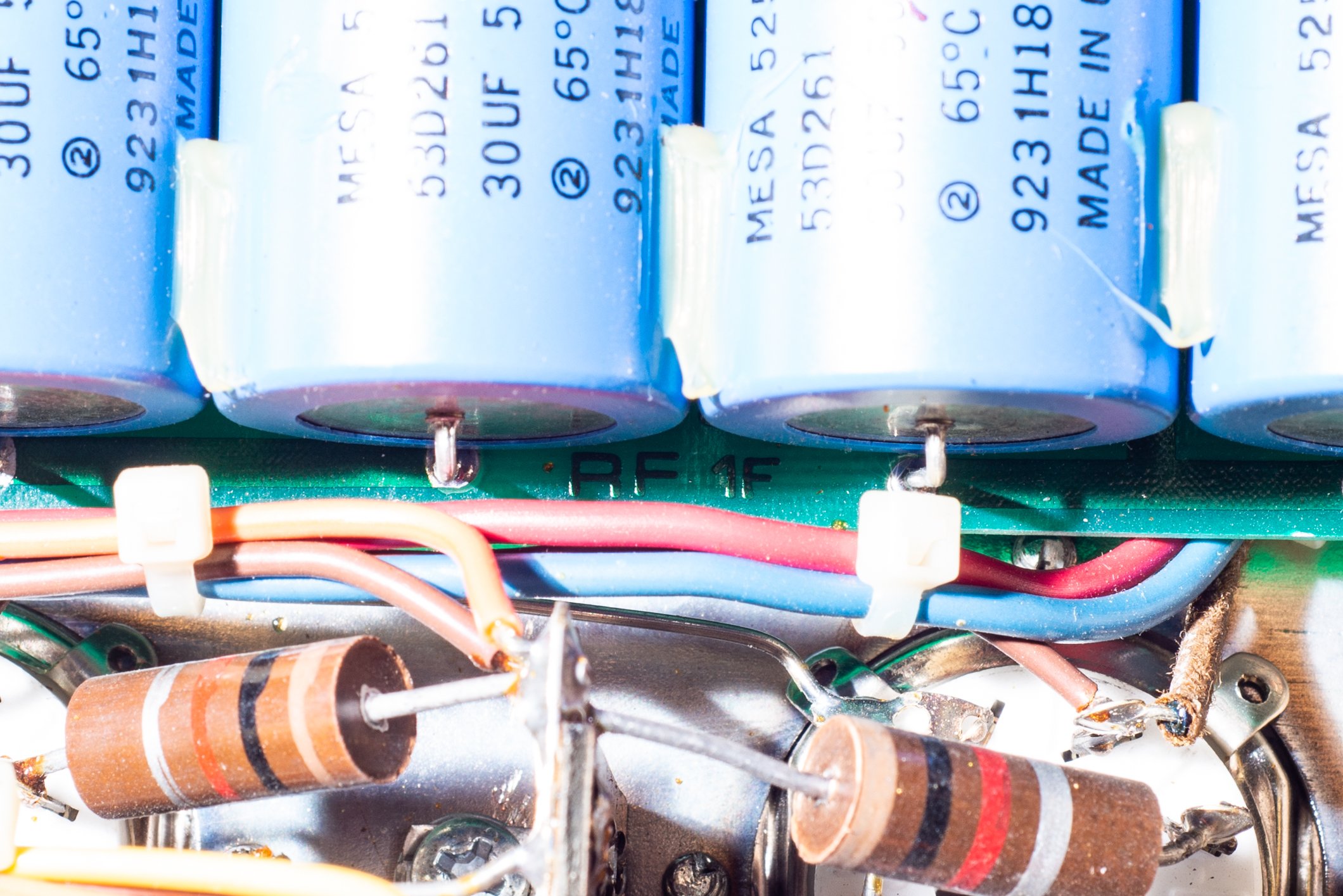Guitar Center is having a 5% off sale for all used items, and I also get 5% cashback on my credit card this month, so I’m taking advantage of the situation by picking up these two amps I’ve wanted to try out for quite a while.
First up, the Blackstar. The HT series came out when I was in college and still new to guitar, and they were very popular - inexpensive amps that we kids could afford, and it seems like I saw an HT20 or HT40 everywhere I went. The Series One was the premium offering and thus out of our price range, but we always lusted after them - I remember when one of the guys at my local guitar shop got the S1-200 and we were all pumped to hear it, but I never got to play through it.
The original Series One line contained the quad KT88 200 watter, which had 4 separate channels sharing 2 EQ sections, along with the usual Blackstar ISF control. The 100w and 50w Series One models originally just had a single EQ section, but two channels - more like a Marshall DSL than a true multi-channel amp. That changed with the release of the 104 models, which included this 104-6L6 as well a 104-EL34 version. These have the same front panel appearance as the S1-200, but the descriptions allude to some circuit differences between the three models. However, I don’t have any proof, since circuit diagrams are very difficult to find for these amps. I suspect it’s because these probably contain just as many op-amps and diodes as any other Blackstar product, but since they were being marketed as the premium model, they wanted to at least pretend they were all tube, or at the very least obfuscate that information to avoid the internet backlash. I’ll happily change my tune on this if someone can provide schematics for me, of course.
Minor complaints about construction (these are made in Korea) and technical circuit details aside, it’s a very nice sounding amp. All 4 channels are quite usable, and it’s much darker than a standard Marshall or even the HT-100 I have, with much more bass on offer. I do find the ISF control to have less effect on this amp than on the HT, but perhaps that’s because of the darker voicing. While the appearance and marketing around this amp pushes it to be a metal amp, I really don’t feel that’s its best use case. It can definitely do metal, but I don’t really like the low end for chugging palm mutes and definitely not for more modern detuned tones. As for the 6L6 power section, I do wonder if I could just put in a quad of EL34’s and rebias it - I may give that a try sometime. Overall, it’s not a bad amp, but it doesn’t blow me out of the water and I actually think I prefer the HT-100, which cost me half the price (and it was half the price back at release too).
As always, more photos are available on the Blackstar S1046L6 Details page.
Next up, the Carvin Legacy II. This amp followed up the original Carvin Legacy, which is generally well regarded although I suspect some of that is Steve Vai’s influence. I’m not a big Vai fan, and honestly I don’t know much about him besides his guitar parts in the Halo 2 soundtrack. Either way, I’ve played the original Legacy and felt is was a great lead tone, and I liked that amp’s built in spring reverb.
The Legacy II came out in 2009, designed by Ben Fargen (who has his own line of amps such as the Miniplex and Olde 800), but only lasted until 2011 with very few units sold. At the time, this was the most expensive Carvin amp, and the most expensive they’d every made at $1599 each. These quickly dropped to a mere $899 closeout, before being replaced by the Legacy III.
I reached out to Ben Fargen for more details, but I never got a reply - I was curious what differences (if any) were present in the design compared to the Legacy I. What I do know is that the Lead channel on this amp is either identical, or nearly identical, to the original Legacy, which means it can do all of the tones that amp can do, and with the same limitations - specifically, this is an extremely dark amp. It is not uncommon to run the presence and treble controls at 8 or higher, while cutting the bass down below half to keep the low end articulation.
The Legacy II also lacks the reverb of its predecessor, but adds a “boost” channel. This might seem like a 3-channel amp, but it really isn’t - the “boost” channel is simply an added drive section on top of the clean channel. This also means that it depends on the clean channel controls, so even while you are on “channel 2,” the channel 1 settings affect your tone. Neither of these channels have a presence control, just a presence switch, which behaves like a bright switch at a set value. My primary disappointment isn’t necessarily that this sounds bad, it’s that I feel the potential is wasted. This could’ve been a built in boost, with customizable controls like a Tubescreamer or SD-1 (volume, tone, drive), and have it footswitchable on either channel.
One of my favorite tones from the Legacy I is the lead channel with a tube screamer in front, so looking at the front panel of this amp, I expected to be able to do that type of tone straight from the amp without an external pedal, but sadly that is not the case. This might explain why these didn’t sell very well, since they didn’t really add anything and I’d say between the two, I’d rather have the spring reverb than the boost channel
Still, it’s a nicely put together amp, and mine even has a Mercury Magnetics transformer, and it still has that great Legacy lead channel tone. I also have to wonder about the white tolex, maybe a custom order option, or recovering? More photos here.







